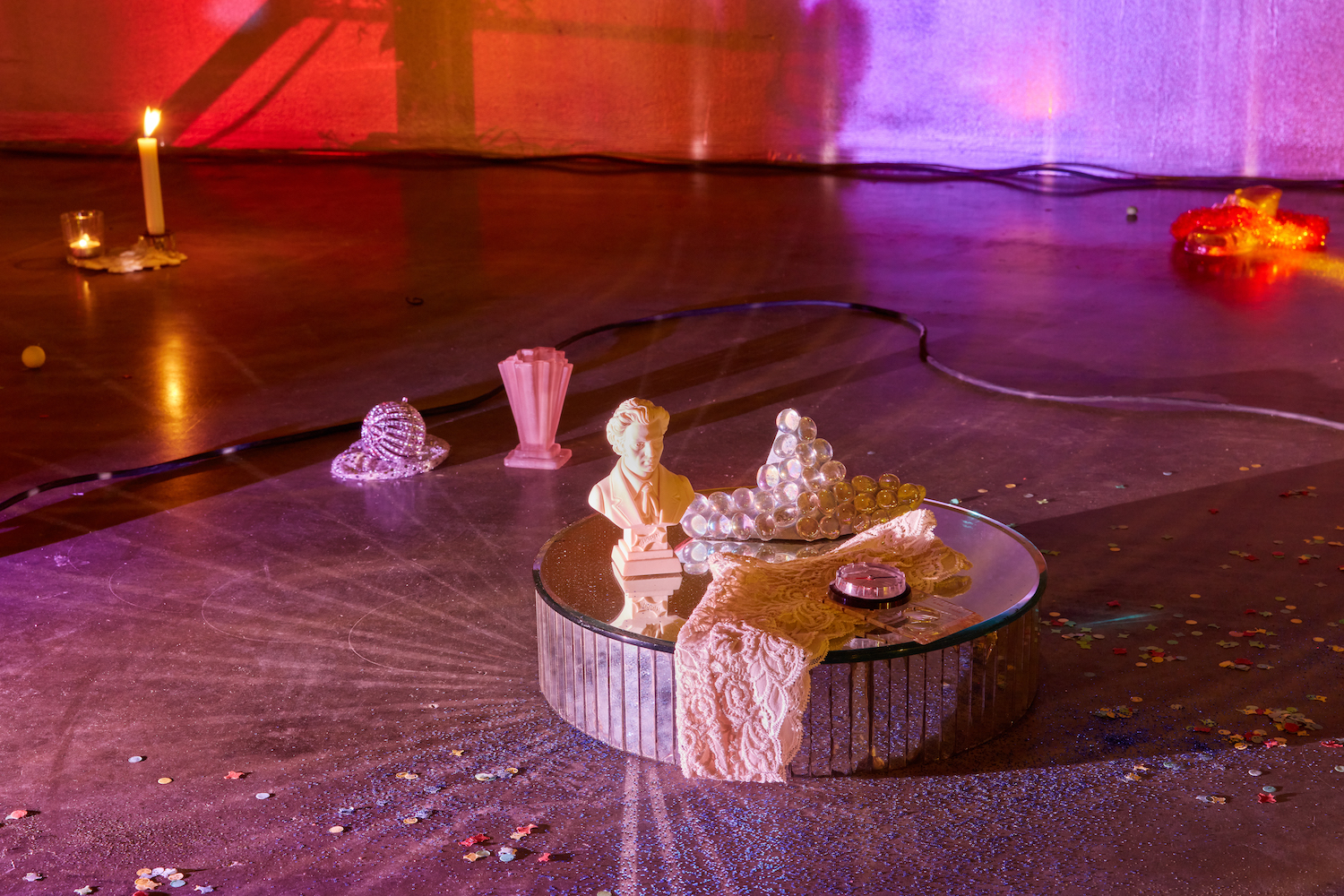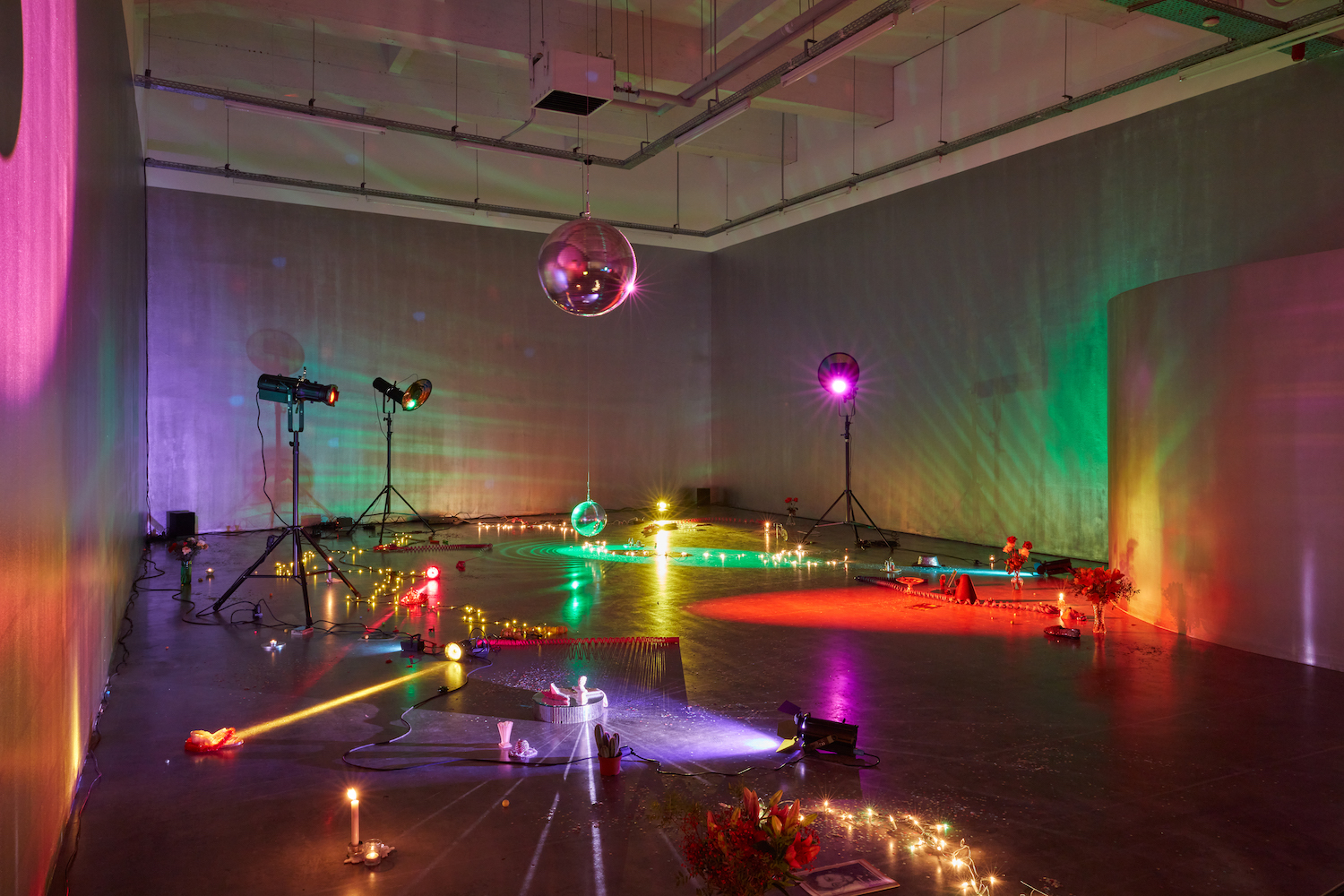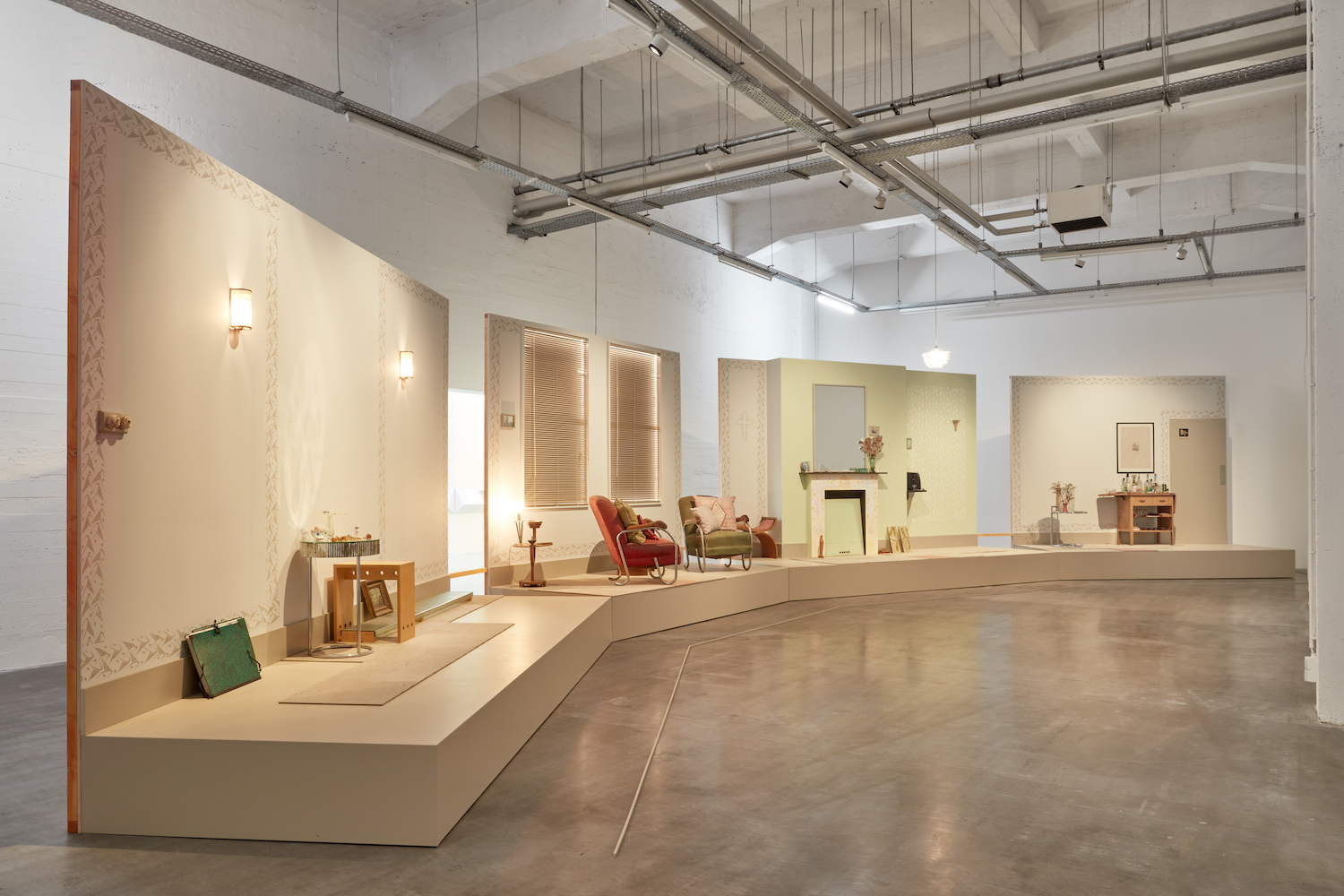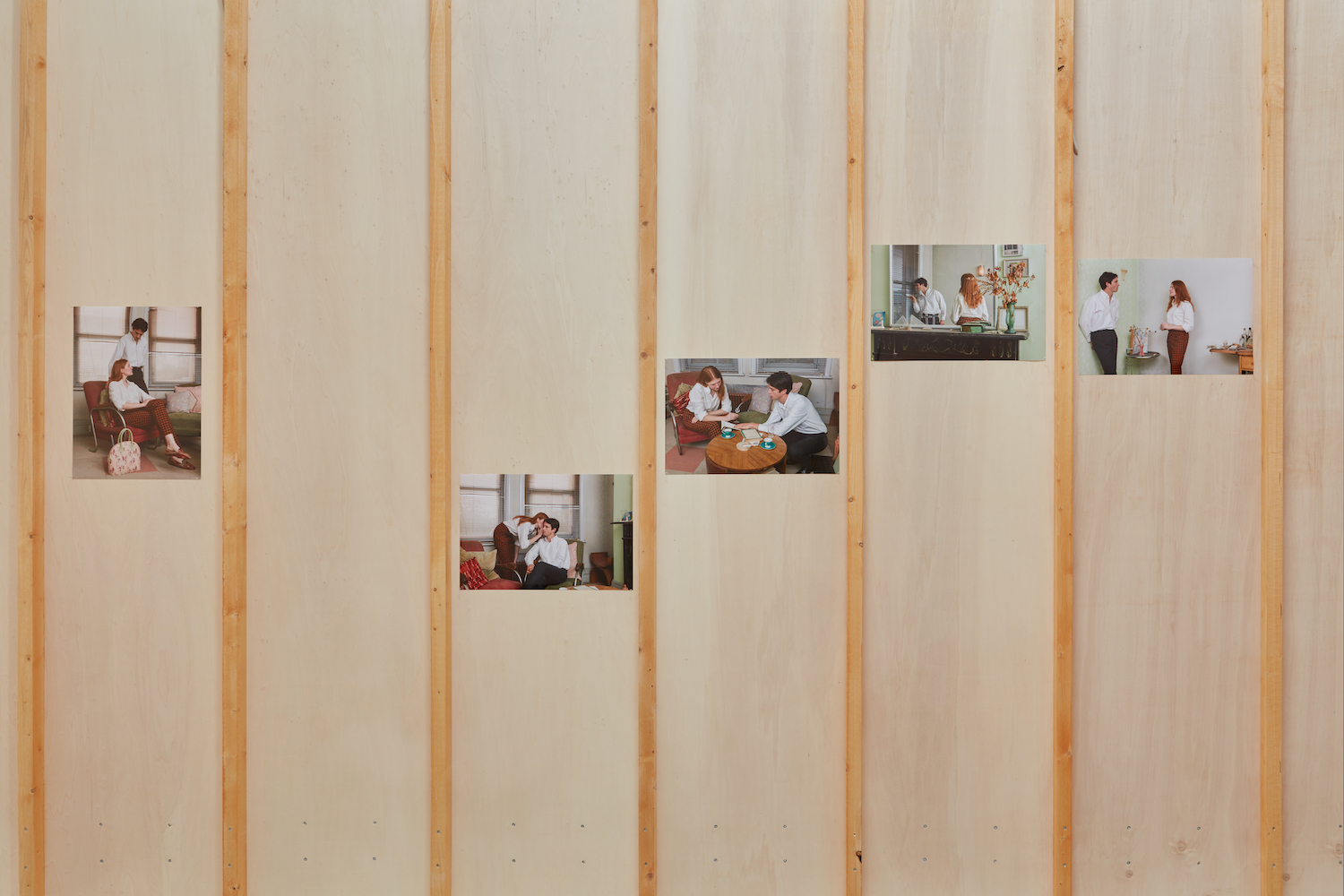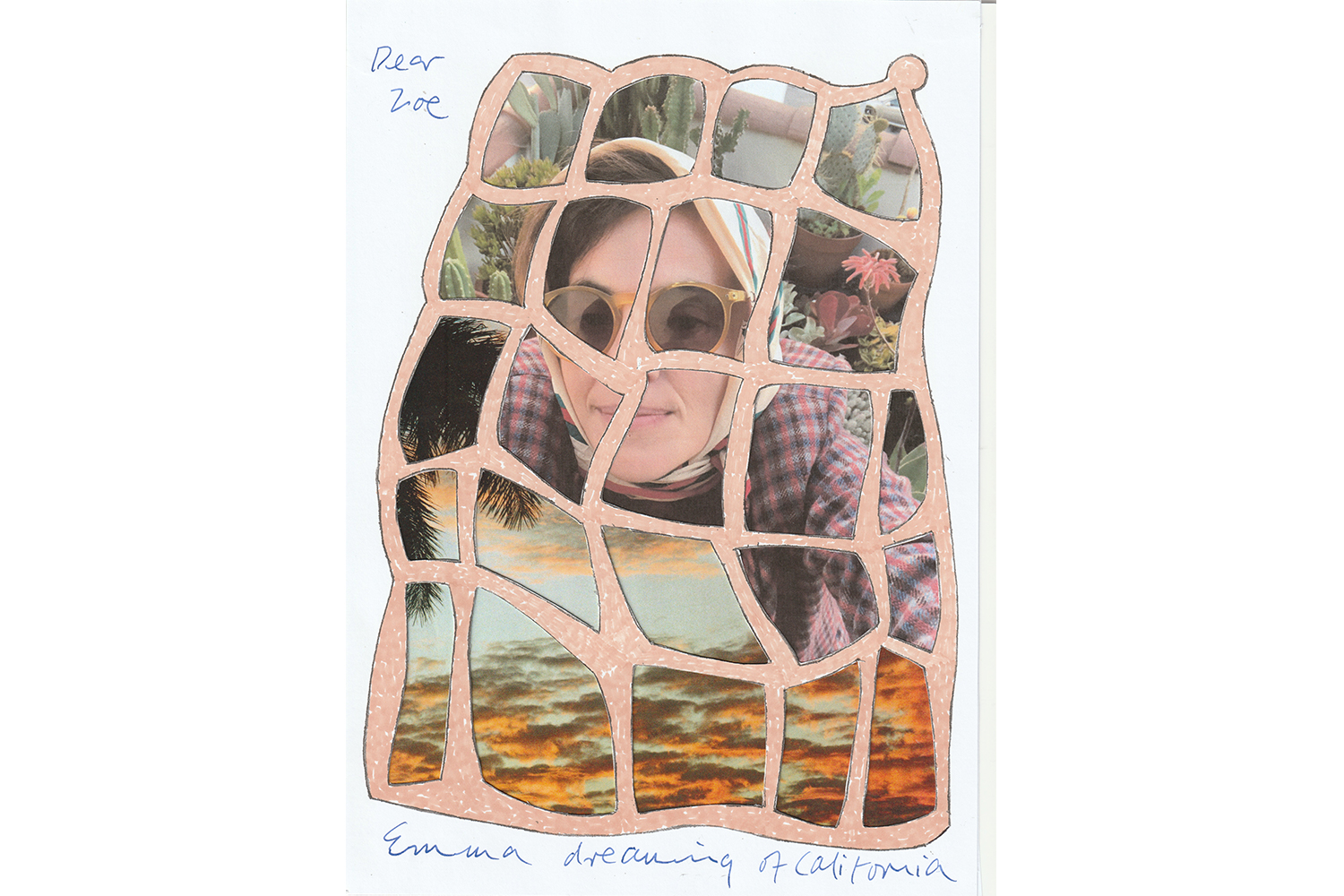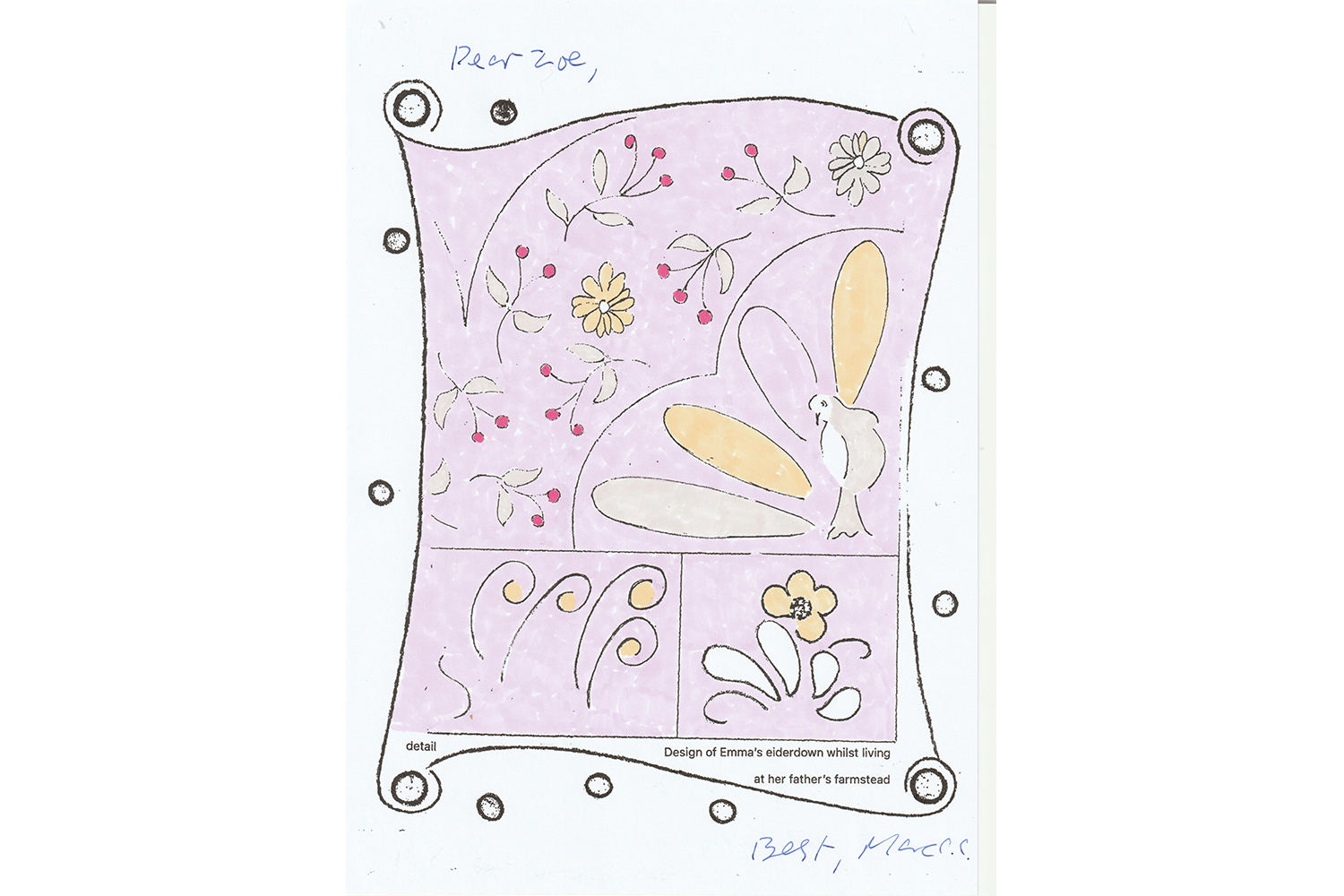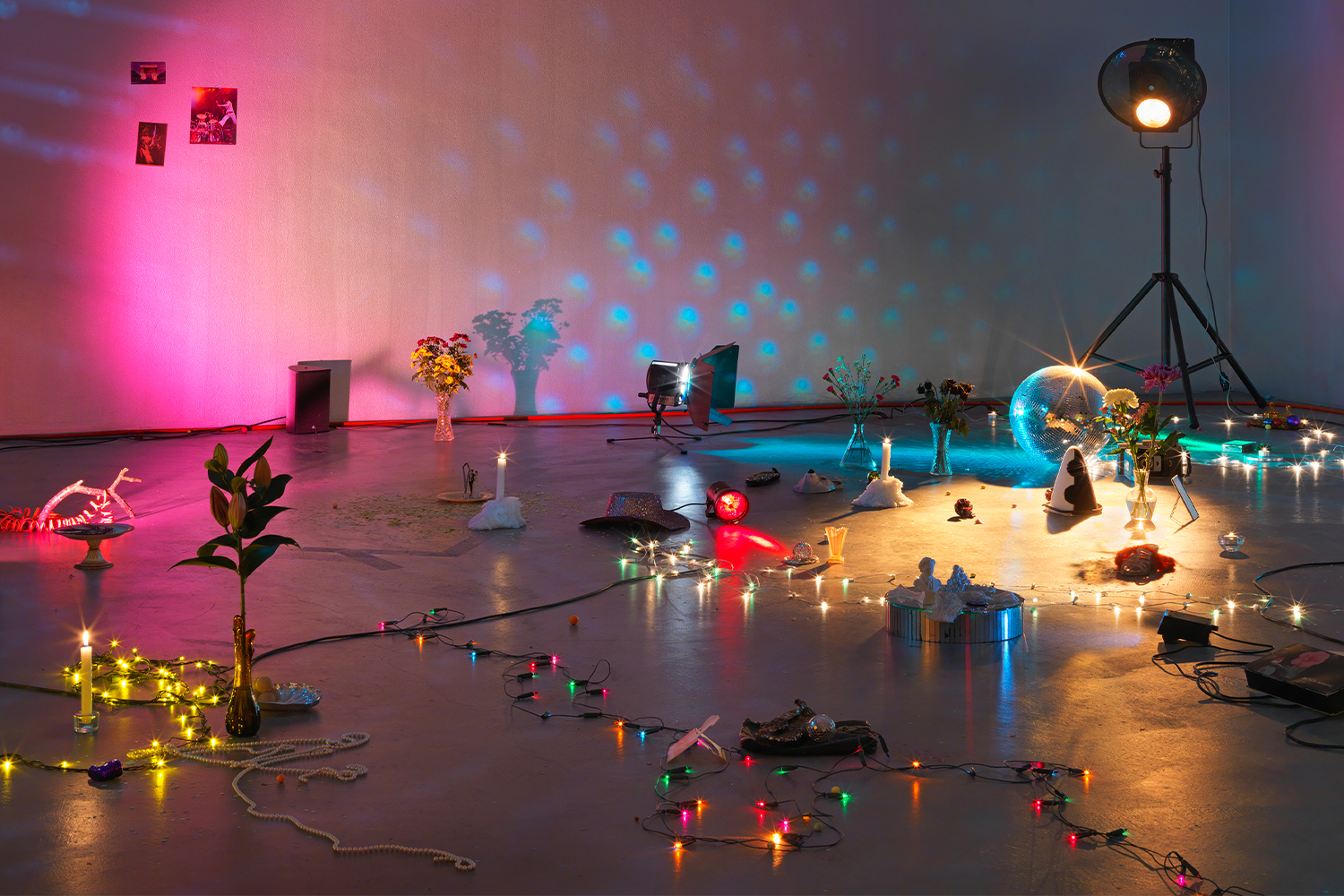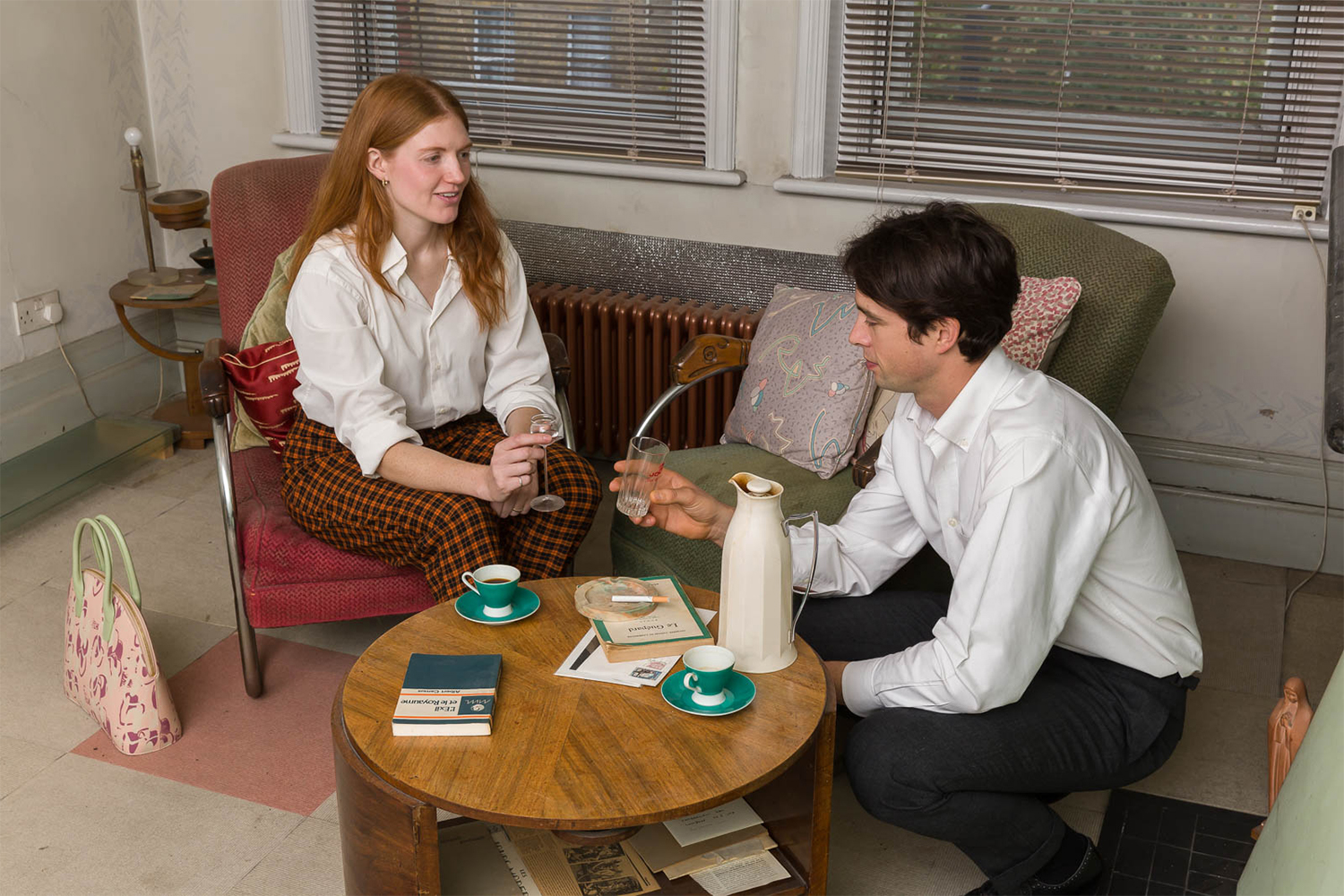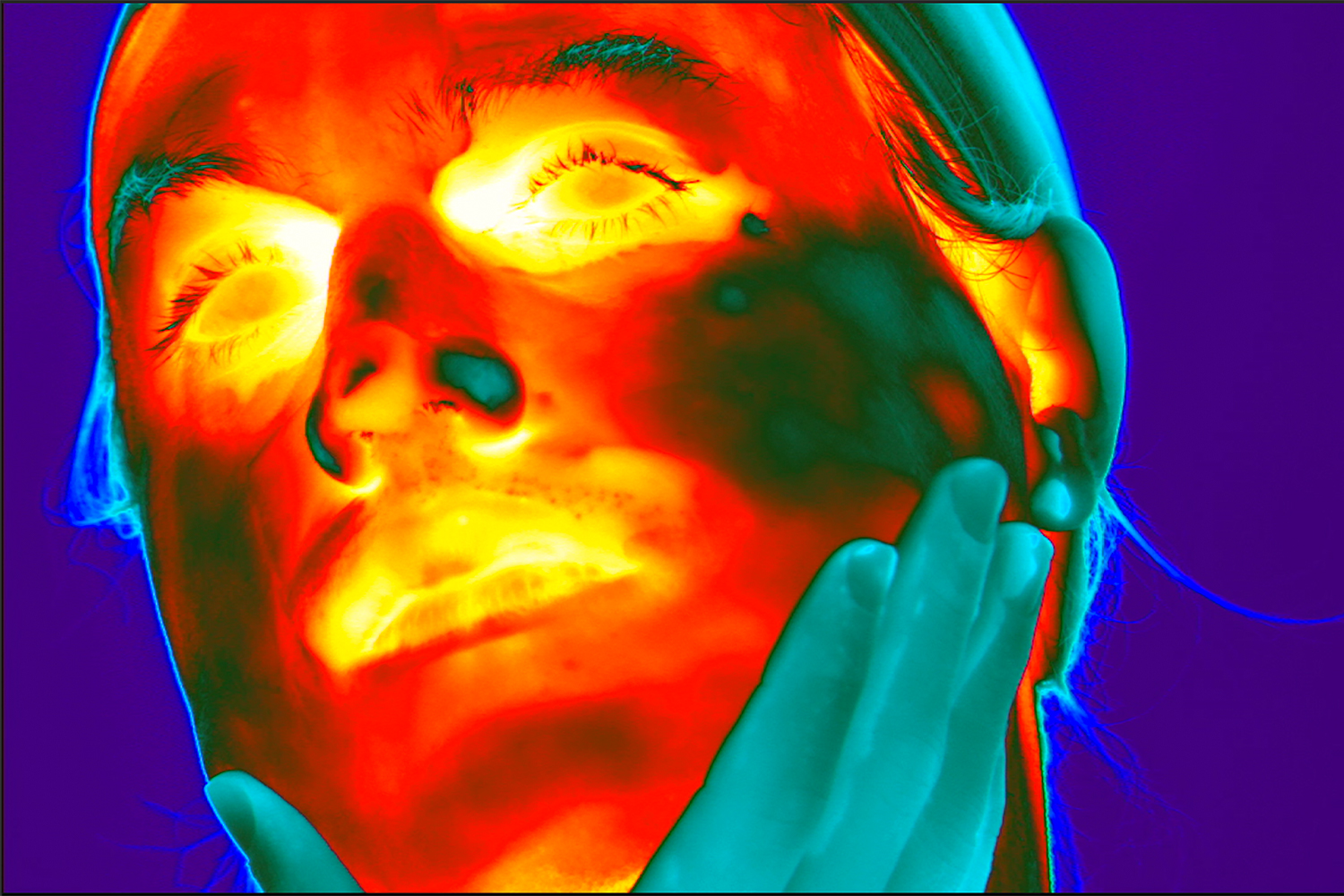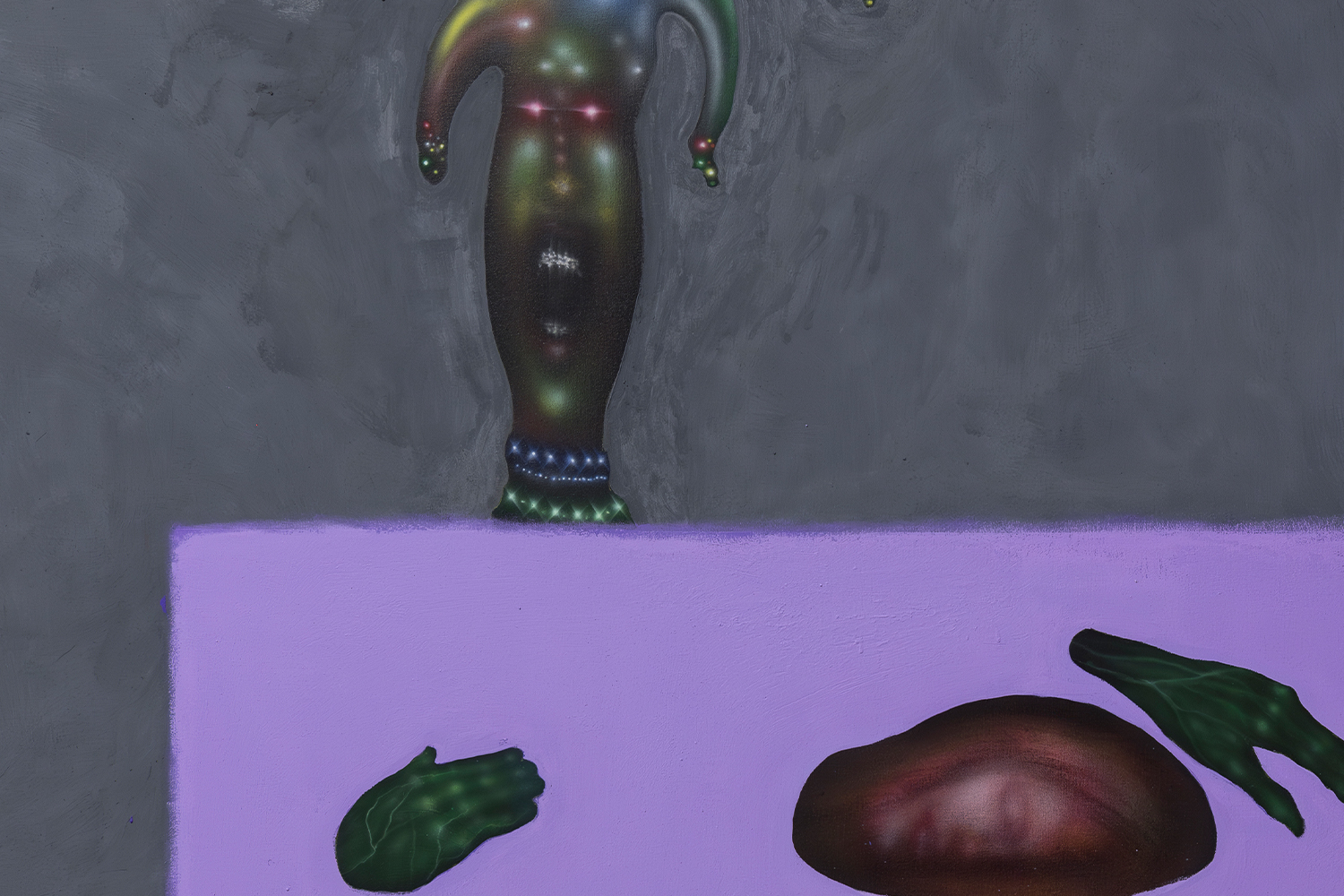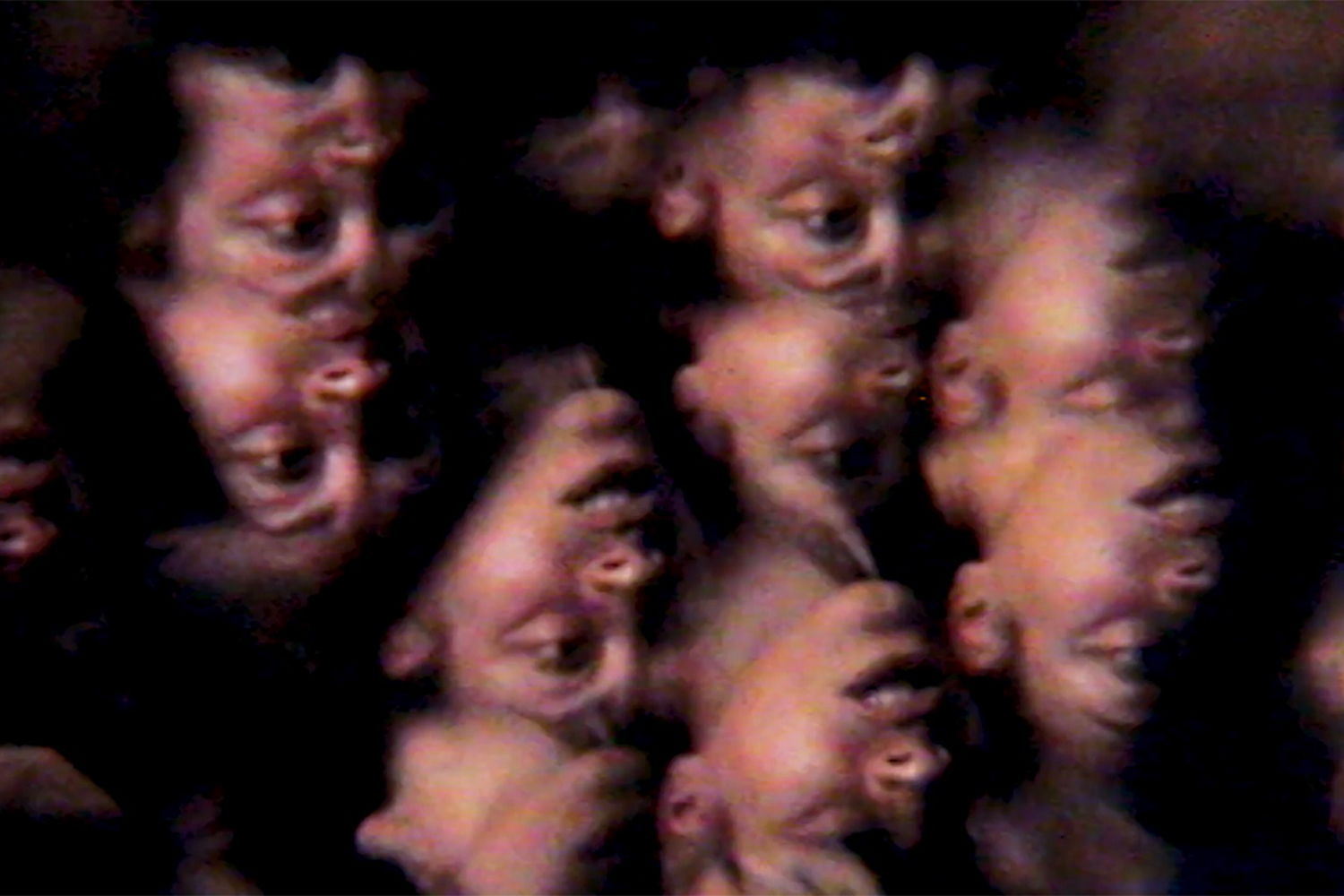“Nuit Américaine,” Marc Camille Chaimowicz’s solo exhibition at WIELS, spans more than five decades, grouping the iconic Celebration? Realife Revisited (1972–2000) with two new works: The Hayes Court Sitting Room (2023) and Dear Zoë (2020–23). Together, these three environments continue Chaimowicz’s recurrent exploration of socially established divisions between private and public life.
The exhibition begins with the immersive installation Celebration? Realife Revisited, which uses light, sound, and objects to create an animated, ever-changing environment. When it was first exhibited, the work teased the integration of art and life, opposing the rational detachment of minimalism. Today, its most powerful aspects are arguably found in the way Celebration? Realife Revisited disturbs clear-cut categorizations, proposing a fragmented assemblage of presences that resists linear organization and codification. Then and now, logics of clinical distancing and precision are replaced by chaotic layers of emotion and sensuality.
In The Hayes Court Sitting Room Chaimowicz relocates his South London living room to the gallery space. The original spatial composition is reconfigured into a sequential arrangement, inviting a type of frontal contemplation akin to a film or theater set. As part of the many objects inhabiting the work, a wall mirror reframes the visitor as a moving element within the installation. A “backstage” display features a number of photographs documenting a two-protagonist event set in Chaimowicz’s living room. This gesture confuses strict categorizations of front and back, enhancing the work’s exploration of the gaps between seemingly opposed actions of concealment and disclosure.
Dear Zoë presents forty collages that were sent regularly to the exhibition’s curator, Zoë Gray, in a procedure that gave the series its title. Prepared during the pandemic, the installation references Gustave Flaubert’s Madame Bovary. In it, various visual elements, including luxury items from the Financial Times supplement HTSI (How To Spend It), are combined with short expressions or phrases. These textual elements give voice to Madame Bovary’s escapist desires and our own recent dreams of evasion. They also reference Chaimowicz’s move, which relocated his living room from London to Brussels.
The nostalgic tone of “Nuit Américaine,” as manifested in the reference to Madame Bovary, does not prevent it from engaging with the present. The exhibition was heavily impacted by the pandemic, a period that led to periods of isolation and increased our dependence on digital communication, stretching the performative strata of our social personas. Despite Chaimowicz’s apparent dismissal of digital culture, as seen in his preference for postal correspondence, his practice has constantly looked at the mutually embedded relationship between art and life. In this sense, it is also possible to engage with “Nuit Américaine” as a commentary on current forms of digitized interaction.
Echoing the nonhierarchical high and low embrace of digital culture, Celebration? Realife Revisited’s cloud-like immersion also recalls data’s pervasiveness. Materializing the current blurred social boundaries between onstage and behind the scenes, The Hayes Court Sitting Room employs mirroring as a framing device, identifying the selfie as an iconic contemporary image-gesture and signaling how reality-TV-turned-social-media has made a spectacle of our intimacy. Dear Zoë is reminiscent of meme culture’s visual and textual repetitions and variations; it stages a spatialized form of scrolling, emphasized by the size and shape of the works, akin to portable communication devices such as the tablet.
Here, Chaimowicz’s characteristic timelessness functions as a mysterious and seductive instrument of analysis, expanding his recurrent investigation into “the representation of self in everyday life” to include its present-day digitized conditions. In so doing, the exhibition’s ability to leap across time is a vigorous demonstration of Chaimowicz’s past and present ability to employ art as a tool to address key dynamics defining human life.

